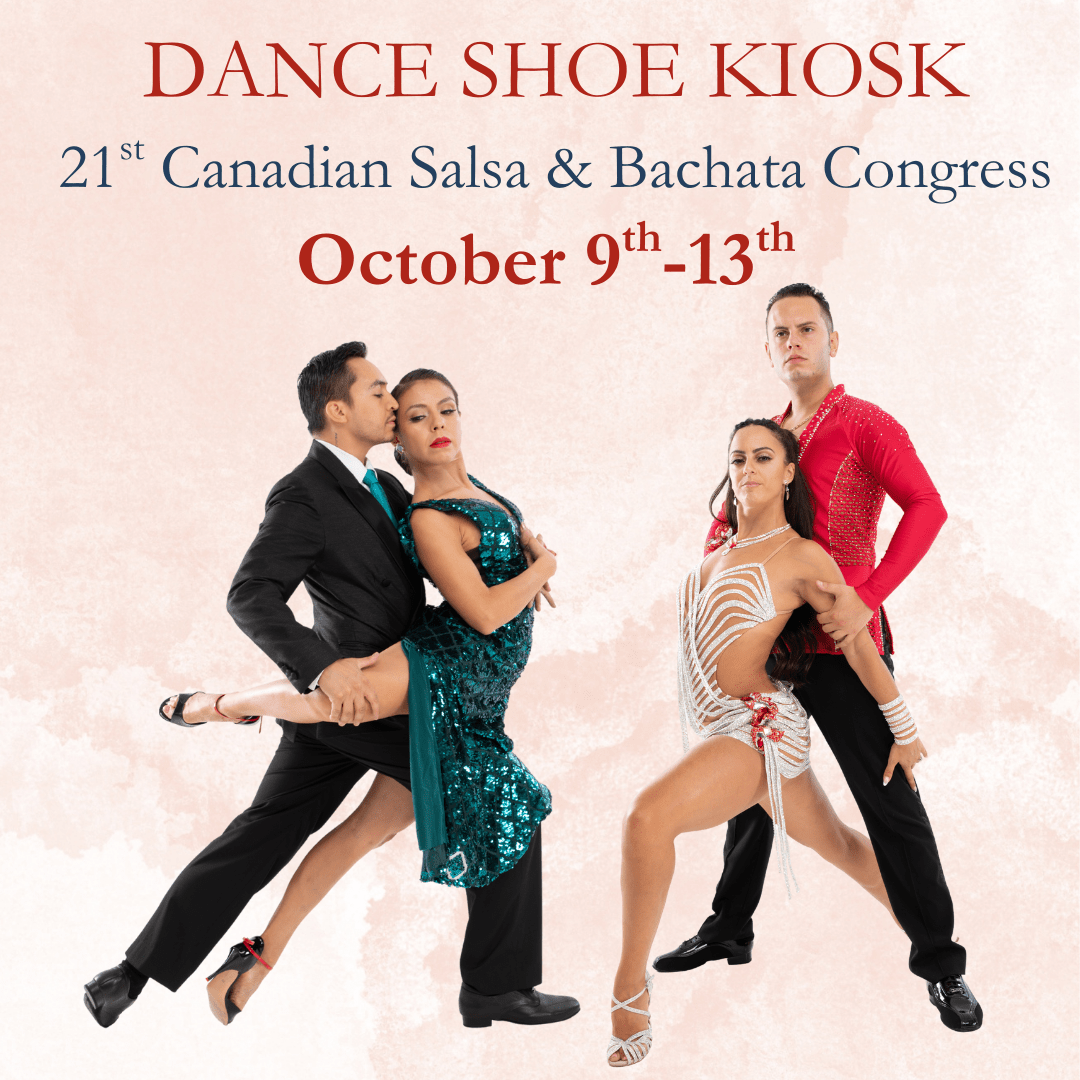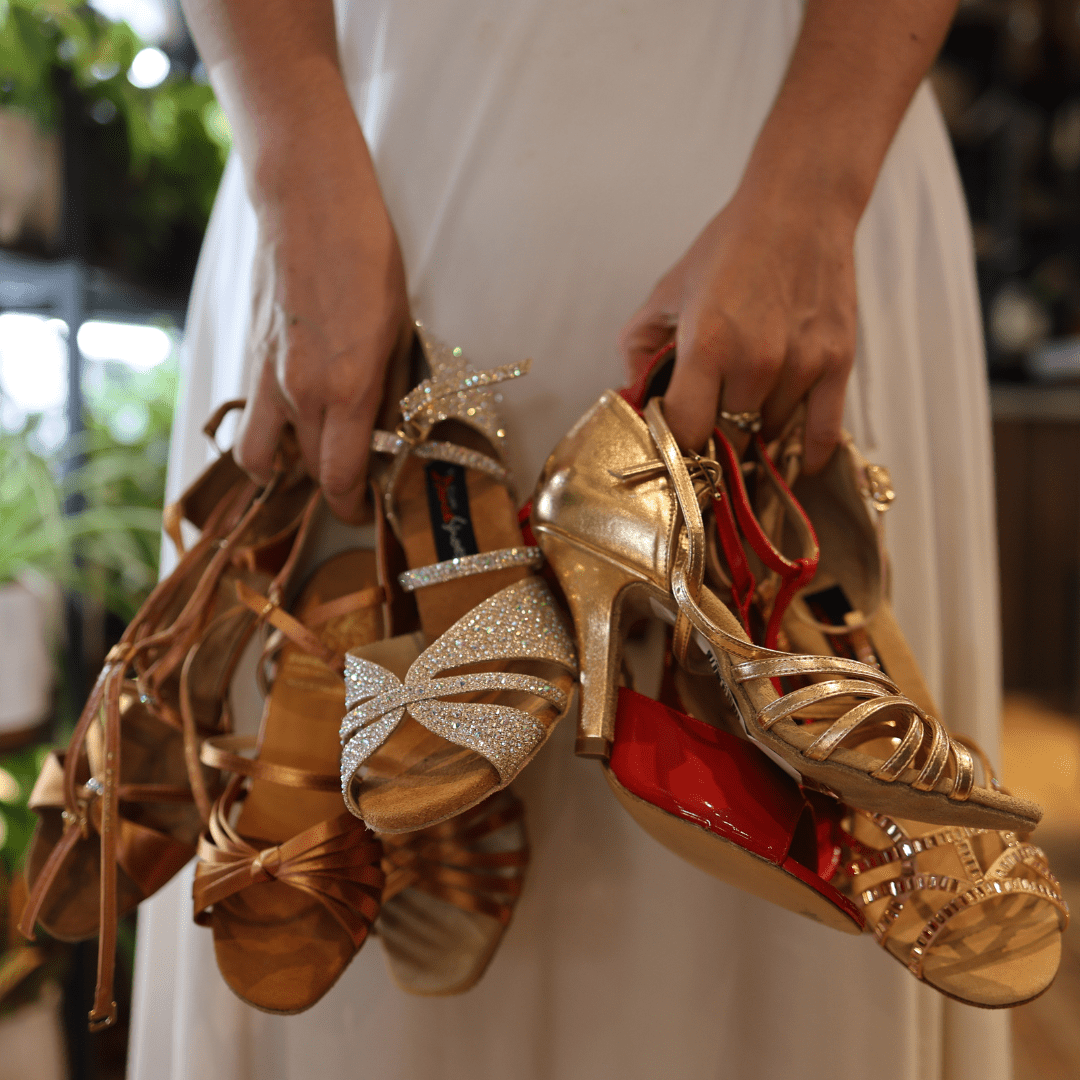
So…you think you know Salsa?
(I mean the dance, not the dip – which is, admittedly, delicious. But not the point of this article.)
Back to topic. What if I told you there was more than one style of Salsa? There’s ballroom salsa…but there is also New York style, LA, Cuban, and West African. As well as some I missed. And they’re all different. And they’re all smokin’ hot and ridiculously fun to dance.
CUBAN
Cuba is widely considered the birthplace of Salsa and derives its movements and music from the Danzón of French and Haitian immigrants, “the Rumbas of African slaves, Són of the Cuban people, troubadour music of Spanish people (mostly Flamenco), and various musical instruments of Africa” (1). Some of the instruments you may find in Cuban are cowbells, percussions, congas, maracas, the clave, as well as many more. In more modern salsa, electronics have been added. The music is fast and has a strong African influence.
And if you go Salsa dancing in Cuba, don’t be taken aback if sometimes asks you to go to the casino – this means Salsa Club (2)! Rueda de Casino is the full name, and is usually danced with two or more couples who continuously exchange partners in a circle. “Each move has a name, which called by the leader of the Rueda. Leaders execute the move and pass the follower around to the next leader in the circle.” (3) Also of note about Cuban Salsa is that it begins on the downbeat of 1 or 3, not the 2 of the original Són style.
And from Cuba it spread…
NEW YORK STYLE
In the 1940s and 50s when many dances were evolving and growing and finding their way into dance halls and studios, relations between Cuba and the U.S. broke down. While previously Cuban musicians had been able to come and play in the U.S. and Cuban music was played on the radio, the embargo prohibited anything to do with Cuba. As a result, the Salsa that was born out of New York in the 1940s and 50s was heavily influenced by Puerto Rican immigrants and New Yorkers of Puerto Rican descent (NuYoricans). One of the main trademarks of this style is a lot of fast flash footwork (2). Given the melting pot that New York City was (and still is), this was not the only influence on the New York Salsa. Jazz music, swing dance, and Latin Hustle/disco also played a huge part in shaping the dance as the years went on. New York style is also called MAMBO on2 - SALSA New York Style on2.
LA STYLE
LA style Salsa is actually the newest of the bunch and the one you are most likely to see on shows like Dancing With the Stars – which is fitting since the dance is designed around the wow factor. Highly sensual and energetic, spins, dips, drops, and sometimes even acrobatics are worked into the dance (which takes after the Lindy Hop in that respect).
WEST AFRICAN
And we really can’t talk about Salsa without talking about West African Salsa, since many of the moves and rhythms originate from Africa.
Cuban music was hugely popular in West Africa and Congo in the 1970s and many artists fused the style with more traditional African sounds to create new rhythms. One of these pioneers was Mar Seck from Senegal, and his “musical cross-pollination gave way to salsa-mbalax, the prevalent Senegalese dance music of the 1970s. With his irresistible rhythms and vocals in Wolof and Spanish, Seck influenced numerous generations that we are all familiar with, including a young Youssou N’Dour.” (5) The tama frequently takes a prominent place in the music of West African Salsa.
And this is only the beginning. So grab your salsa shoes and I’ll see you on the dance floor.
(1) “History of Salsa.” Dancefacts.net
(2) “Salsa Dance History.” Gray Miller. Dance.lovetoknow.com
(3) “Salsa Music and Dance Around the World.” Salsagente.com
(4) “Salsa Music and Dance Around the World.” Salsagente.com
(5)“Senegal’s Visionary Pioneer of Salsa and Mbalax.” Angel Romero. Worldmusiccentral.org
Sources & Recommended Reading:
Bartch, Cathy. “History of Salsa Dancing.” http://www.salsa-dancing-addict.com/history-of-salsa.html
“History of Salsa.” http://www.dancefacts.net/dance-history/history-of-salsa
Ilich, Tijana. “What is Salsa Music and What is its Origin?” https://www.thoughtco.com/the-history-of-salsa-music-2141563
Miller, Gray. “Salsa Dance History.” https://dance.lovetoknow.com/Salsa_Dance_History
Romero, Angel. “Senegal’s Visionary Pioneer of Salsa and Mbalax.” https://worldmusiccentral.org/2013/11/15/senegals-visionary-pioneer-of-salsa-and-mbalax/
“Salsa Music and Dance Around the World.” http://salsagente.com/history-of-salsa-music-dance




